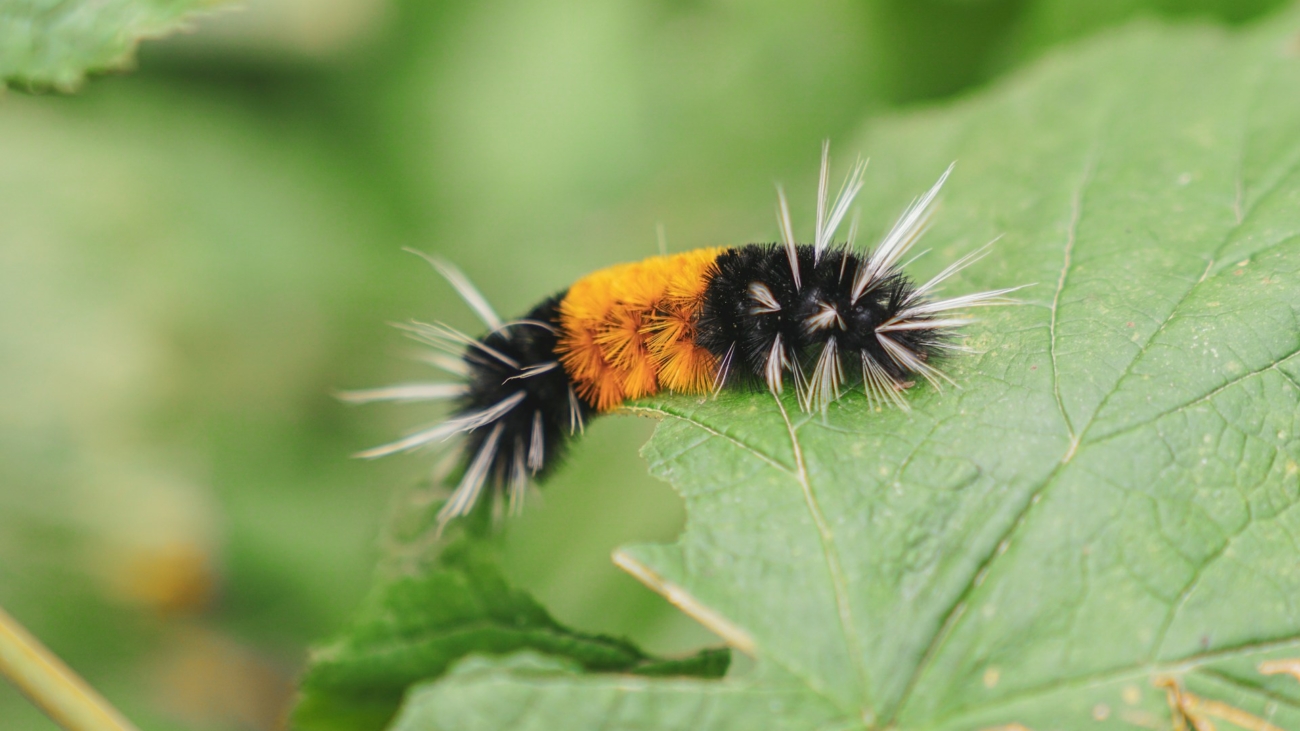Pest management is a critical component of modern agriculture, significantly impacting crop yields and overall farm productivity. In India, where agriculture is the primary livelihood for a large portion of the population, effective pest management strategies are essential. With advancements in technology, autonomous pest management methods are becoming increasingly viable, offering efficient and sustainable solutions. This article explores various autonomous pest management techniques, the types of sensors used, practical methods including biocontrol and tech-enabled solutions, associated risks, and strategies for effective pest control in the Indian context.
Autonomous Pest Management Techniques
Types of Sensors for Pest Detection
- Optical Sensors: These sensors use light to detect the presence of pests. They can identify specific wavelengths reflected by pest bodies, allowing for precise detection.
- Thermal Sensors: Thermal imaging sensors detect heat signatures of pests. These sensors are particularly useful in identifying nocturnal pests and monitoring large fields.
- Acoustic Sensors: These sensors pick up sounds made by pests, such as chewing or movement within the soil or plants. Acoustic sensors can be effective in detecting pests that are not easily visible.
- Chemical Sensors: These sensors detect specific chemicals or pheromones emitted by pests. They can help in identifying pest infestations early by sensing changes in the chemical composition of the environment.
Practical Autonomous Pest Management Methods
- Drones and UAVs (Unmanned Aerial Vehicles): Drones equipped with sensors and cameras can monitor large fields efficiently, identifying pest infestations early. They can also be used to apply pesticides precisely, reducing chemical usage.
- Robotics: Autonomous robots can patrol fields, identifying and eliminating pests. These robots can be equipped with various sensors and tools to manage pests mechanically or through targeted pesticide application.
- IoT-Enabled Systems: Internet of Things (IoT) devices can create a network of sensors across a farm, providing real-time data on pest presence and environmental conditions. This data can be analyzed to make informed decisions on pest management.
Biocontrol Methods
- Natural Predators: Introducing natural predators such as ladybugs, spiders, and certain bird species can help control pest populations. This method is environmentally friendly and reduces the need for chemical pesticides.
- Parasitic Wasps: These wasps lay their eggs inside pests, and the emerging larvae consume the host. This method effectively reduces pest populations and is safe for crops.
- Microbial Pesticides: Using bacteria, fungi, or viruses that target specific pests can control infestations without harming beneficial insects or the environment.
Tech-Enabled Methods
- Precision Agriculture: Utilizing GPS and GIS technologies, farmers can apply pesticides and fertilizers precisely where needed, reducing overall usage and minimizing environmental impact.
- Automated Sprayers: These devices can detect pest presence and apply pesticides automatically, ensuring that only affected areas are treated, reducing chemical use and costs.
- Predictive Analytics: Analyzing historical data and current conditions, predictive analytics can forecast pest outbreaks, allowing farmers to take preventive measures in advance.
Risks and Regulation of Tech-Enabled Methods
Risks Involved
- Data Privacy: Collecting and storing data on farm conditions and pest presence can raise privacy concerns. Farmers need assurance that their data will be used responsibly.
- Technology Dependency: Over-reliance on technology can lead to vulnerabilities if systems fail or are disrupted. Backup plans and manual methods should be in place.
- Environmental Impact: While tech-enabled methods aim to reduce chemical use, the incorrect application of technology can still lead to environmental harm.
Regulation and Control
- Standardization: Establishing standards for the use of autonomous pest management technologies ensures consistency and safety across the industry.
- Training and Education: Providing farmers with training on how to use these technologies effectively can minimize risks and maximize benefits.
- Government Policies: Implementing policies that support sustainable practices and provide subsidies for adopting new technologies can encourage widespread use while ensuring responsible application.
Strategies for Farmers in Pest Control
- Integrated Pest Management (IPM): Combining biological, mechanical, cultural, and chemical methods, IPM provides a holistic approach to pest control. Regular monitoring and the use of multiple strategies can keep pest populations under control.
- Crop Rotation and Diversification: Rotating crops and diversifying plant species can disrupt pest life cycles and reduce the likelihood of infestations.
- Soil Health Management: Healthy soil can support robust plant growth, making crops more resistant to pests. Using organic matter and practicing no-till farming can improve soil health.
- Trap Crops: Planting trap crops that attract pests away from main crops can protect valuable crops from damage.
- Regular Monitoring: Keeping a close watch on pest populations and environmental conditions helps in early detection and timely intervention, reducing the severity of infestations.
Conclusion
Autonomous pest management in agriculture offers promising solutions for Indian farmers, combining advanced technology with traditional methods to create effective and sustainable pest control strategies. By leveraging sensors, drones, robotics, and biocontrol methods, farmers can manage pests efficiently while minimizing environmental impact. However, it is crucial to address the risks associated with tech-enabled methods through proper regulation, training, and education. With integrated pest management strategies and the support of government policies, Indian farmers can enhance their productivity and ensure food security, paving the way for a sustainable agricultural future.

